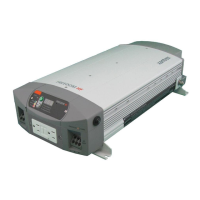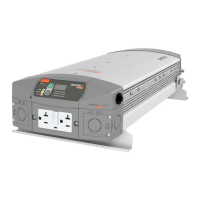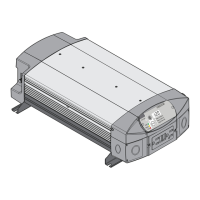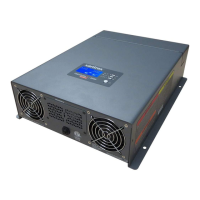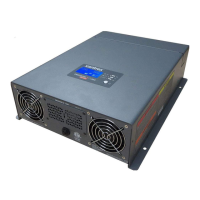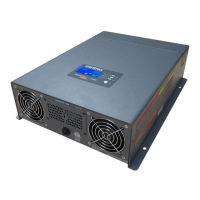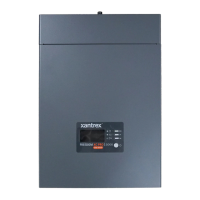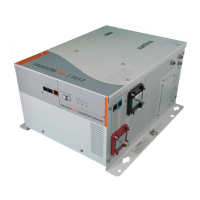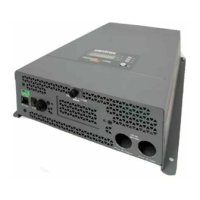What to do if my Xantrex FREEDOM HF 1000 Freedom HF is not displaying an error code?
- JJason HenryJul 26, 2025
If your Xantrex Inverter Freedom HF isn't showing an error code, verify the installation. Ensure correct operation by checking the location, battery cable sizing, battery condition, DC and AC connections, configuration settings, display panel and communication cable connections, and fuse status.



